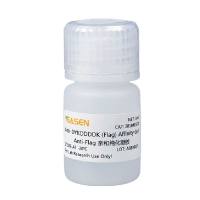Proteomics is the study of the complete set of proteins encoded by the genome. The study of the proteome involves the investigation of changes in protein abundance, localization, involvement in multiprotein complexes, and detection of different protein isoforms and posttranslational modifications under defined conditions, such as the circadian cycle. This type of approach complements comparative gene expression studies providing additional information with respect to posttranscriptional processing. One of the key techniques used to study the proteome is two-dimensional gel electrophoresis. This technique has the ability to separate complex protein mixtures with high resolution. A significant improvement in this technology has been development of difference gel electrophoresis. Here, proteins are first labeled with one of three spectrally resolvable fluorescent cyanine dyes before being separated in two dimensions according to their charge and size, respectively. Multiplexing can accurately and reproducibly quantify protein expression across multiple gels. A multiple-gel approach allows the detection of differentially expressed protein spots using statistical methods to compare expression across different experimental groups. The proteins can be subsequently identified by mass spectrometric methods. This approach now allows more complex experimental designs, such as the time course experiments essential to the study of circadian rhythms.






